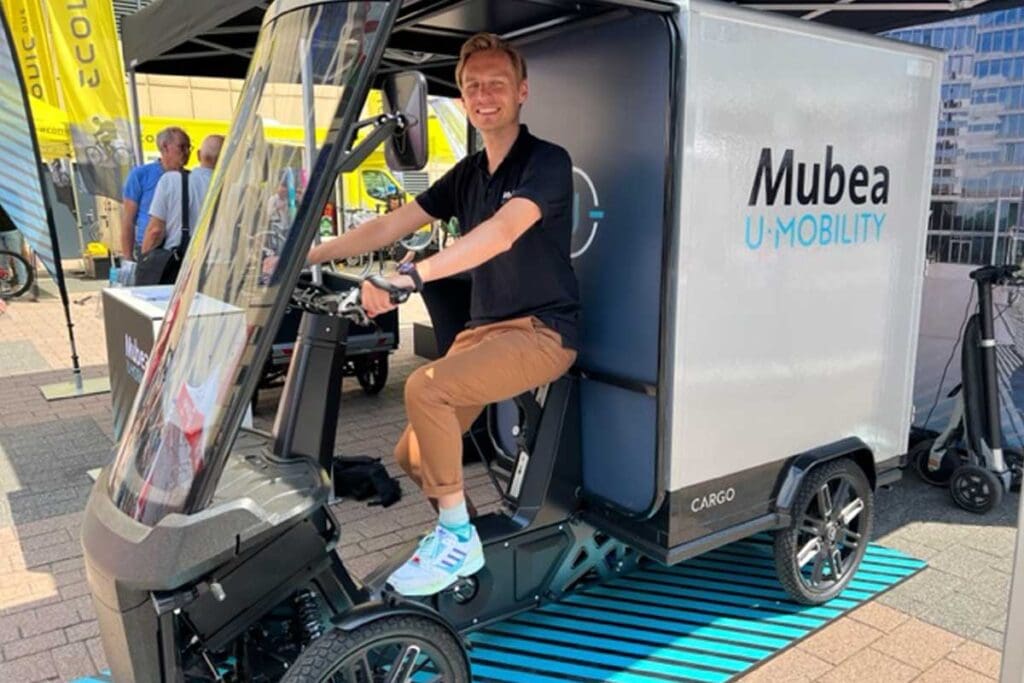E-Bike Motor Legislation Change Leaves Industry Baffled

Sydney, NSW
A last-minute change in e-bike motor legislation in NSW has bike industry leaders confused about the purpose of the amendment.
On 24th February, the Government announced the NSW Minister for Metropolitan Roads, Natalie Wards, had changed legislation limiting the maximum power of e-bike motors allowed on public roads.
It increased the permissible level of continuous running power from 250 watts to 500 watts, even though industry representatives advised against the change during government consultation on the proposed amendment.
Bicycle Industries Australia general manager Peter Bourke said he hadn’t seen any information that provided a logical explanation for the change, which was adopted one month before the State election and a little over a week before the government went into pre-election caretaker mode.
He said reading between the lines, from the information he had received, it was possible an element within the disability access sector had successfully lobbied the Minister.
Repeating his advice to government representatives during the consultation, Peter said he could see no benefit to active transport and the bicycle industry from changing the restriction to 500 watts – and potential for some negative outcomes.
He said the change had taken NSW out of step with the rest of Australia and the majority of e-bike markets around the world, which all had 250 watts as the maximum.
While Europe has a 1,000-watt category for large cargo bikes, and the US has a 750-watt ceiling for e-bikes, the new NSW limit was not consistent with any of those markets.
Peter said as a result, it was almost certain none of the major e-bike drive train manufacturers would create a motor in line with the NSW 500-watt limit.
“I have also spoken to a couple of the smaller brands – who have total control of their bike designs and manufacturing – and even they say it’s probably not worth the hassle of having a model specifically for the NSW market,” he said.
“While a limit higher than 250 watts could be advantageous for larger people riding up hills, that potential benefit will probably be negated by the fact it’s unlikely they’ll be able to buy a bike with a 500-watt motor.
“We certainly support increased power for cargo bikes that carry heavy loads, but cut and paste a known quantity that is effective. There’s a specific level that has been operating effectively in Europe for the exact purpose of cargo bikes … introduce it.”
Peter said industry leader Bosch has already developed a 1,000-watt motor for the European market
He said Australia Post has expressed its need for 1,000-watt motors for its delivery vehicles, while an increase to 500 watts would not be enough to justify the expense of updating its fleet.
“While the benefits to the industry are negligible to non-existent, we can see some negatives, including the potential for people to take their 500-watt bikes across a border and ride them illegally in other States,” he said.
Peter anticipates an impending NSW Government announcement that might shed light on the reason for the legislative change and, in the meantime, BIA will continue to seek an explanation.

Better is max weight, max speed and max acceleration and location in traffic. And not max motor power.
Completely agree. It boggles my mind why politicians are putting on power restrictions on bikes when even 800 W can’t get me up some steep hills and I’m a slim guy! Bigger people are going to need 1000 W or more, and as long as they’re going the speed limit that is fine! It’s like limiting cars to 30 hp